Reportar esta entrada
Más sobre la misma comunidad-colección
Yellow Meat Watermelon from Morgan Garden 2016
Yellow Meat watermelon from the Morgan Family Garden 2016
El Paso Leadership Academy 8th grade
Eighth graders from El Paso Leadership Academy during twin day.
El Paso Police Motorcycle Section, 1917
left to right: E.M. Wilson, M.F. Sherrer, Gus Yarbro, Tom ...
Tarjeta Postal de El Paso Estilo 1950 El Paso, Tejas
Walk into history! You are welcome to stand among the words "El ...
Mapa de El Paso en 1970 El Paso, Texas
Together these blocks make up a 1970 map of the City of El Paso. ...
Tronco de actividad práctica El Paso, Tejas
This trunk and items in it represent what people could bring ...

















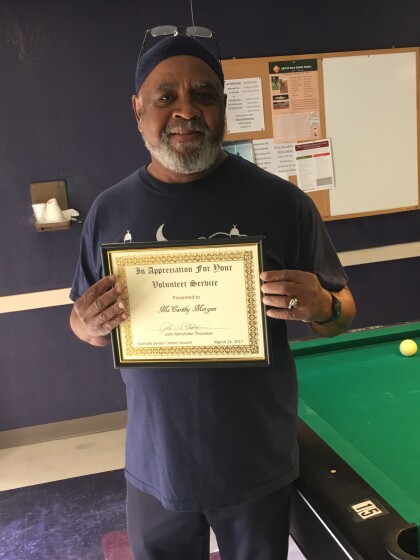
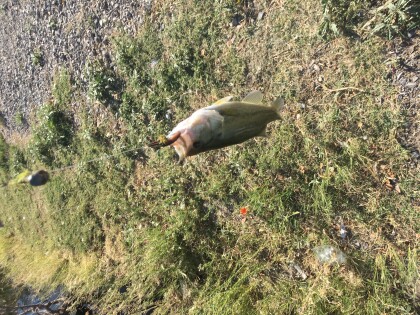
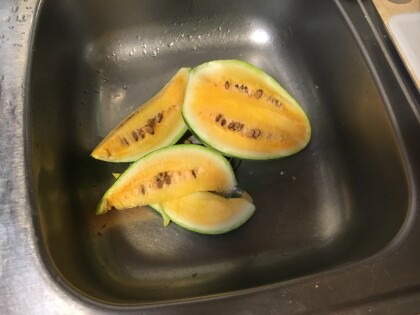
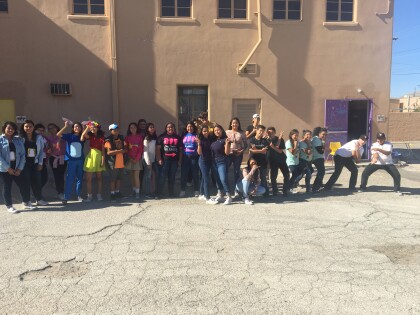
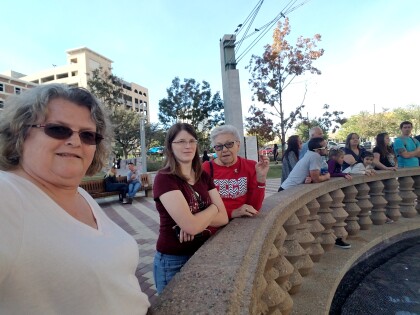

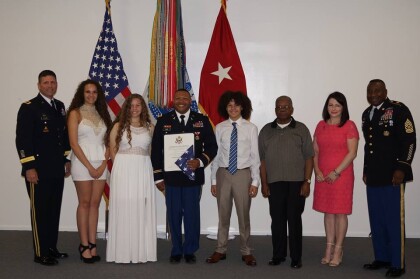

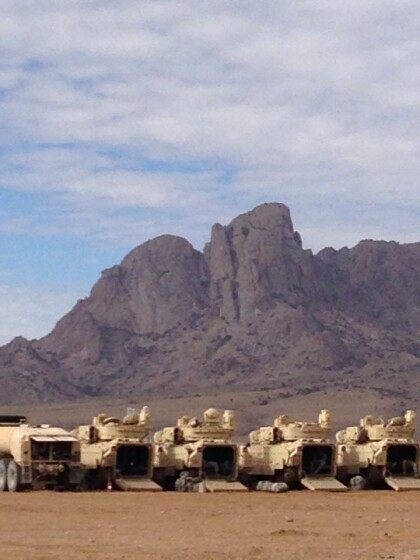
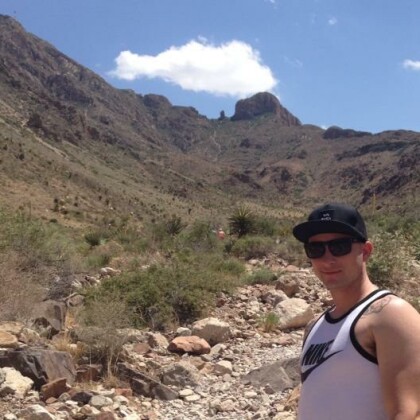






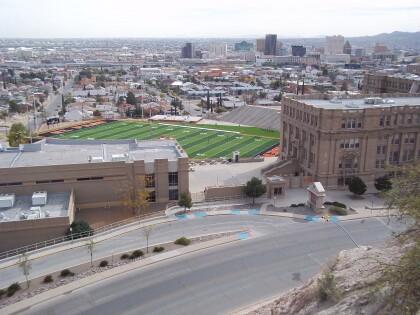
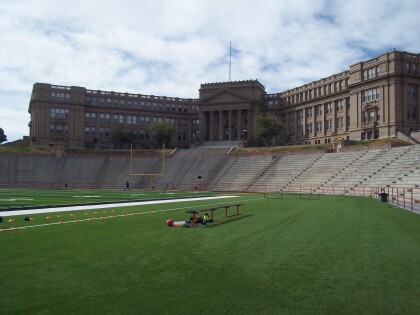
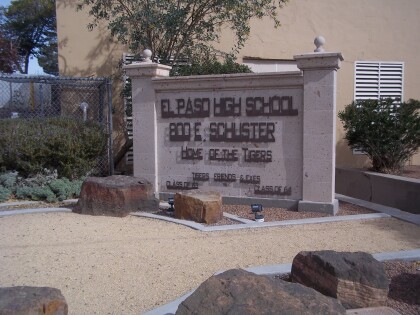
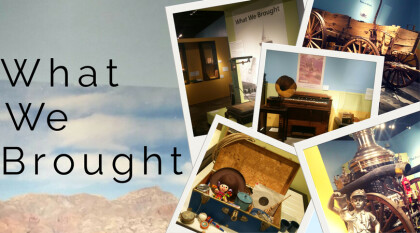
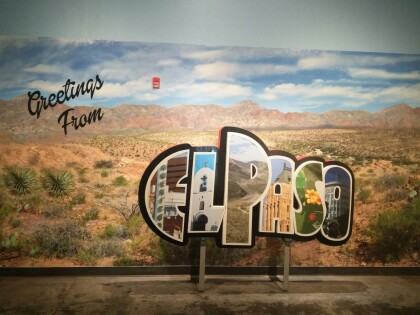
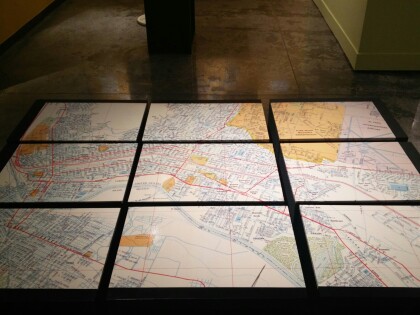
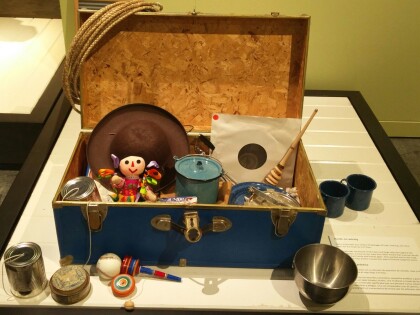
Comentarios
Hacer un comentario